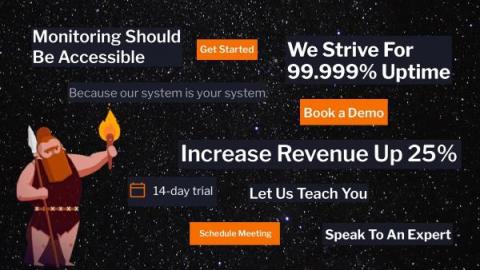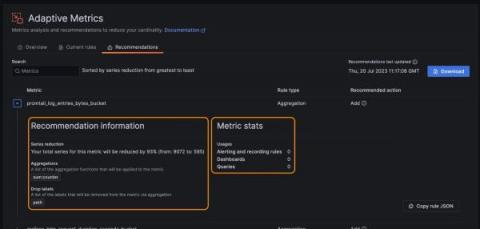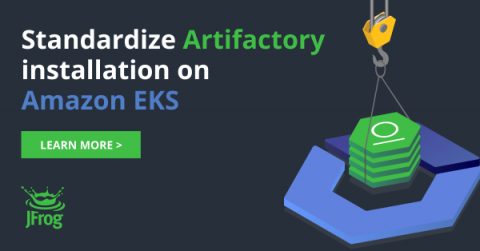Why Self-Hosting Monitoring So Complex and How MetricFire Can Help
The rise of self-hosting has revolutionized the way businesses operate online. With organizations increasingly moving away from traditional hosting services to manage their own infrastructure, the need for effective monitoring solutions has become paramount. However, self-hosting monitoring poses numerous challenges that can make it a daunting task for many businesses.











